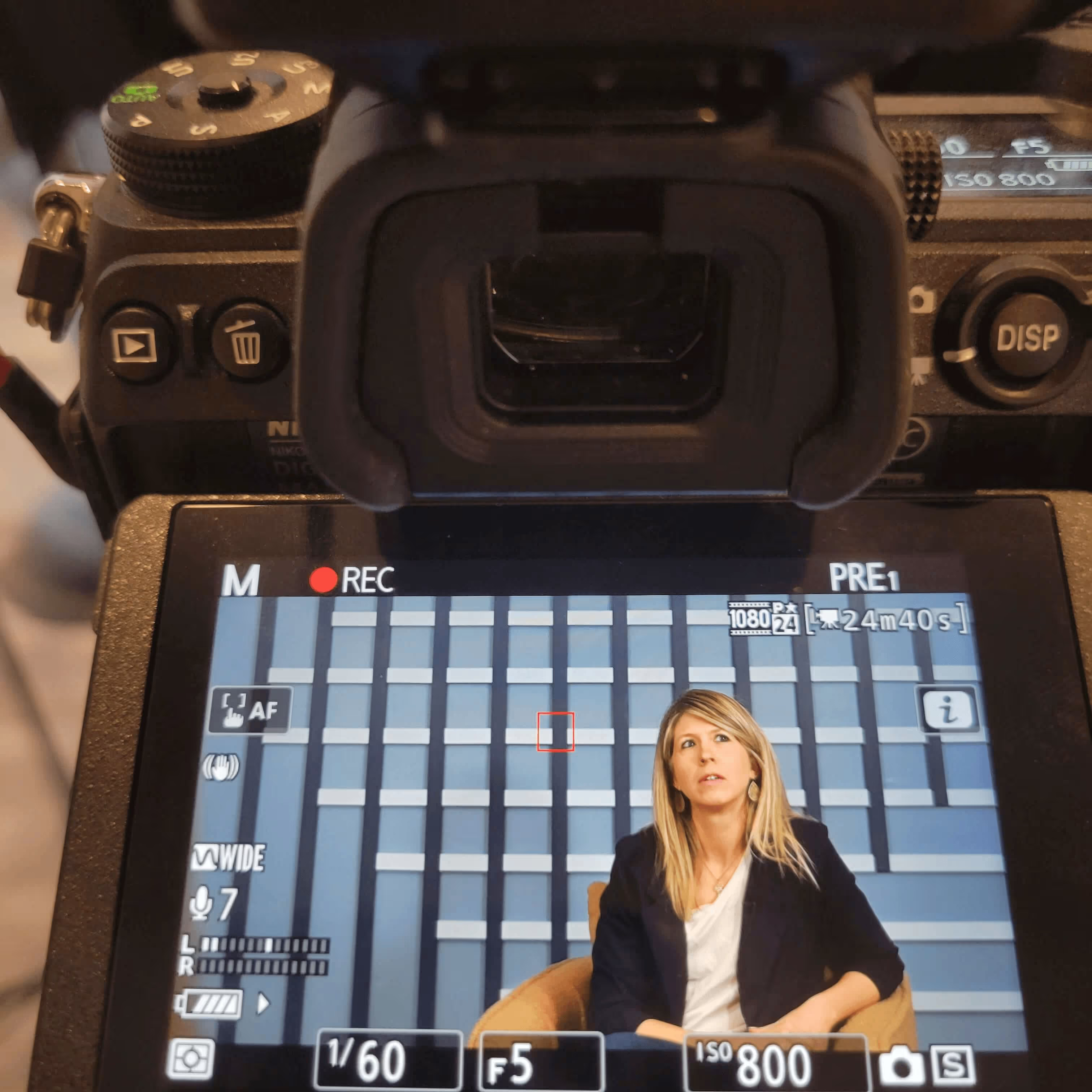The Two Story Pieces EVERY Story Should Have
When you’re struggling to write those content pieces or figure out how to put a story together, here's an easy formula you can apply to ANY story.

When you’re struggling to write those content pieces or figure out how to put a story together, here's an easy formula you can apply to ANY story.
STORY/ANECDOTE + REFLECTION = EMOTIONAL CONNECTION
Making sure any story you create includes these two elements will increase engagement by helping audiences to emotionally connect to your story. This formula works with any story whether it’s a video, Instagram post, tweet, presentation, movie, etc.
Let’s dive in and take a look at these two elements:
Element #1 Anecdote aka your story.
Every good story has to have a strong anecdote, an amusing, interesting story that captures attention! When I teach storytelling, I tell students that all good anecdotes include these six elements:
- Story hook
- Identifiable characters
- A significant moment
- Authentic emotion
- Specific details
- A clear narrative arc (aka beginning, middle, and end)
For good examples of how each of these elements come together to tell stories with different purposes, check out Dave Grohl’s Memoir, The Storyteller. I have students uncover each element above in Grohl’s stories to see how they work!
Once you understand this storytelling methodology, you can apply these elements in different ways depending on the medium you’re using to share your stories!
The video below goes into detail with examples about how these elements are at work in different story mediums.
Element #2 Reflection.
Equally as important as the anecdote or story itself is the reflection. To make sure your story has a reflection, you have to ask yourself, so what? At the end of the story, your audience should be able to clearly answer that question. If they can, it ensures they understand the purpose behind your video which should reflect something deeper than the story alone. I like to think of reflections as the lessons imbued in the stories we tell. These are the pieces of wisdom handed down or the universal element we can relate to as humans. In other words, the reflection is the reason you’re telling the story in the first place!
To learn more and see how these elements work in action, check out this quick video
Feel free to share your stories with us! We’re on Facebook and Instagram @homeplacecreative!




